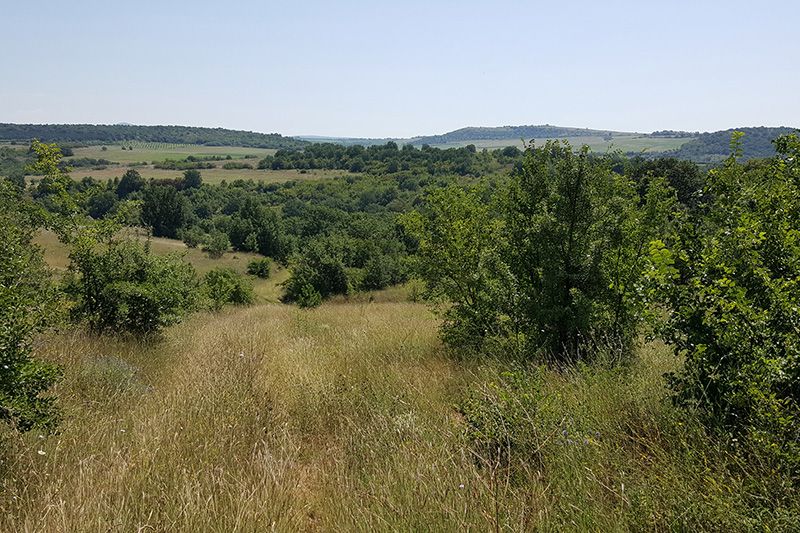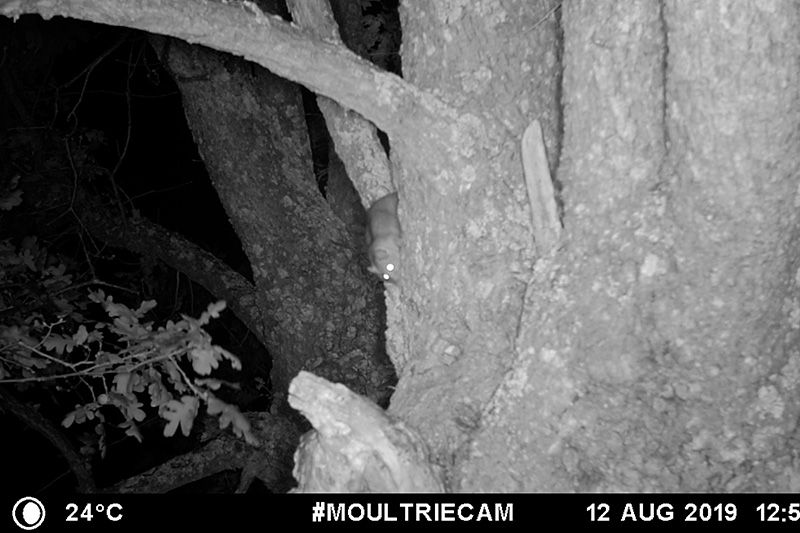In the fields and forests of Bulgaria, Nedko Nedyalkov and his team have been avidly looking for evidence of Roach’s mouse-tailed dormouse over the past year. This mouse-tailed dormouse is one of the Europe’s rarest mammal species and is only found in the border area of Bulgaria, Turkey and Greece. For forty years there had been no signs that these dormice were still living in the region. Then out of the blue, a single animal was found during a routine field survey in 2017.
Nedko and his team quickly got to work, planning an investigation to find more animals, and PTES was pleased to provide funds for part of the study. They set up nest boxes, wildlife cameras and live traps in the Sakar region to see if they could find more dormice, and learn more about their ecology and feeding habits.
They were delighted with the results, and we’re delighted to share them with you. The first dormouse was found nesting in one of the wooden boxes just one week after they were put up. And since then another 29 Roach’s mouse-tailed dormouse have been found. It’s a staggering number. More than were caught across the whole of Bulgaria in the last 60 years! They also found yellow-necked mice and forest dormice in high numbers, and sporadic numbers of white-toothed shrews, Macedonian mice, wood mice and edible dormice. And an unexpected visitor, a Caspian whipsnake!
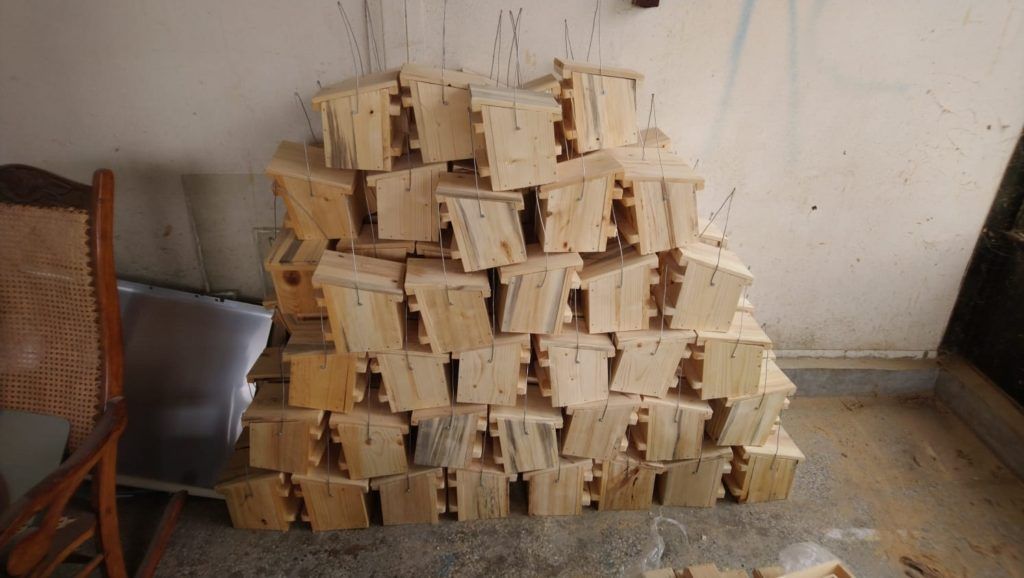
The nest boxes ready for transit 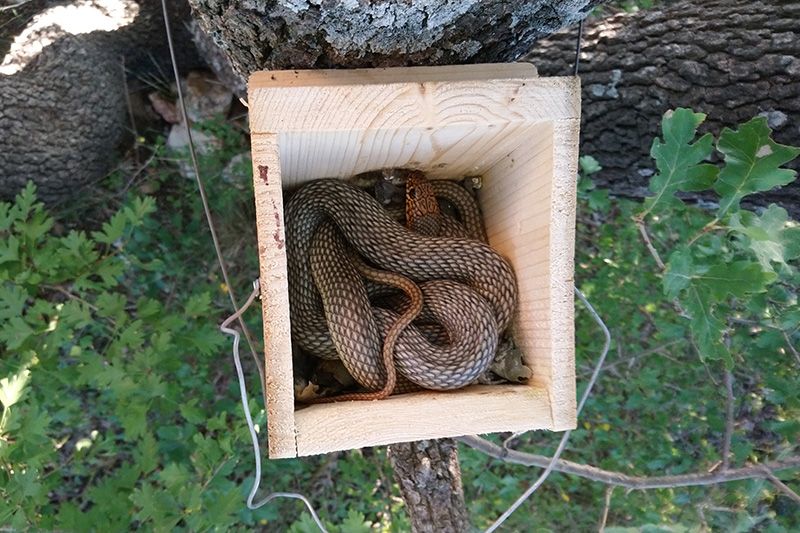
A Caspian whipsnake in one of the nest boxes gave the team a startle! 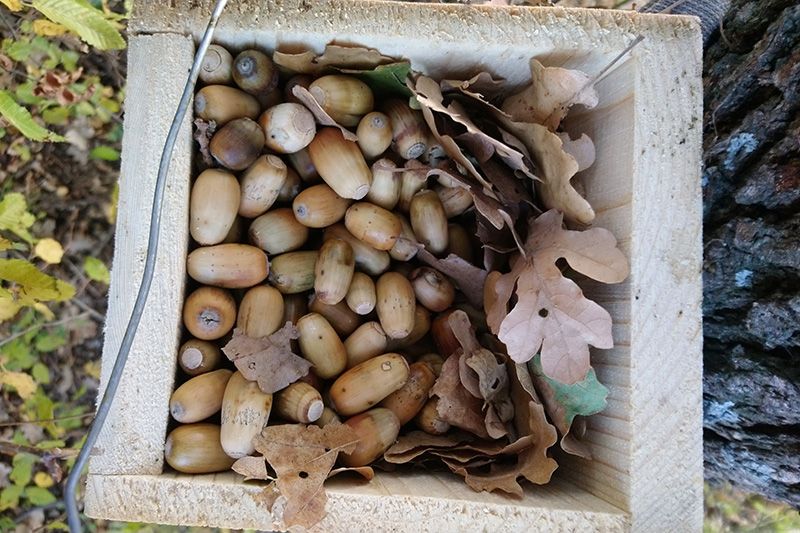
Acorn storage by a yellow-necked wood mouse
Nedko and his team are busy looking at their records, finding different patterns of activity. This year they will extend their study to the Eastern Rhopodes to see if they can find more Roach’s mouse-tailed dormice there. We wish them best of luck and look forward to hearing what animals they find.
Learn more about this project:

